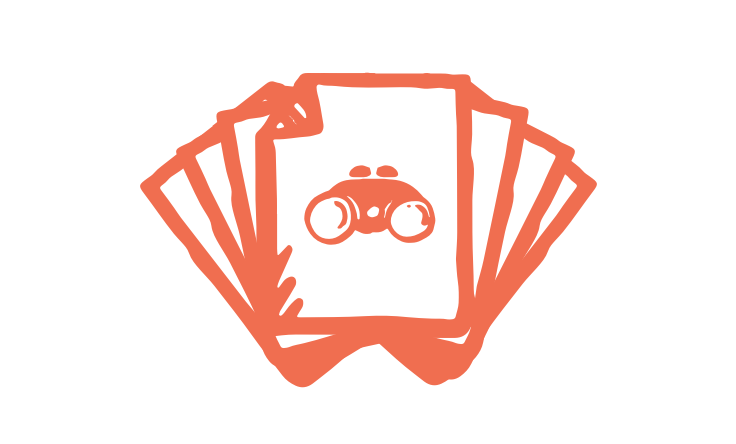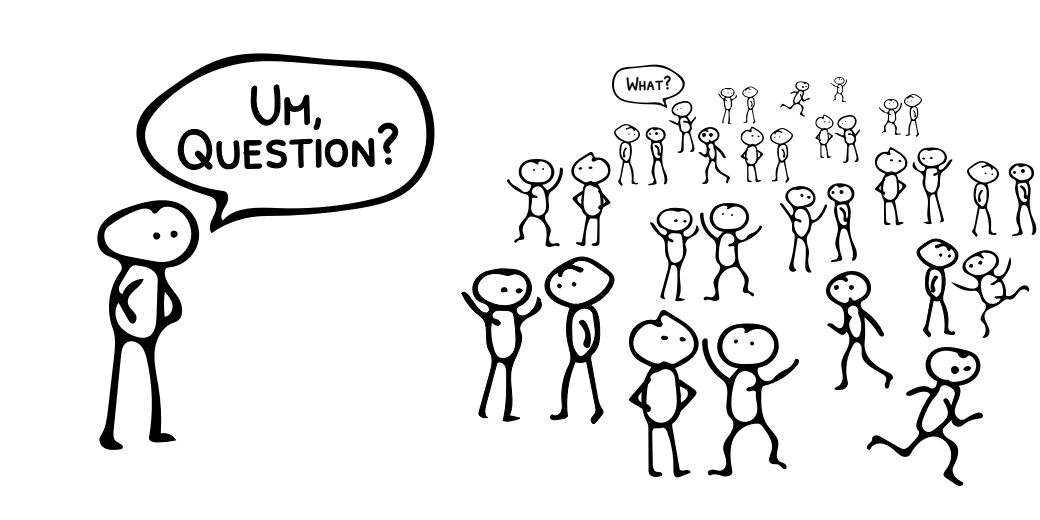
Whether you’re a startup or you’ve been around for years, talking to your customers is a critical practice. It provides a level of insight into your business that you can’t get through surveys and analytics alone.
I recently worked on a research project where we needed to recruit and interview customers for a new business. The company was in stealth mode so we didn’t have any leads for participants. We had to find them cold.
I mention that last part because it can be a little tricky, especially for early stage companies, to find folks to talk to about their business. You don’t need family and friends, you need unbiased perspectives.
You need people who represent your actual customers out in the wild.
Talking to these people and getting their pure, unfiltered opinions on your business can provide invaluable data.
That’s the whole point of customer interviews. It gives you the chance to test your assumptions. Find alignment between what your brand provides and the needs of your customers.
If you’re interested in running interviews for your own business, here’s a quick set of steps and resources to help you get started.
1. Define and design your interview
The first step is to think about what you aim to get out of the interviews.
An important question to consider when designing your interview is:
What are the most critical assumptions you’ve made about your business?
In other words, what are the the things that need to be true for your business to succeed?
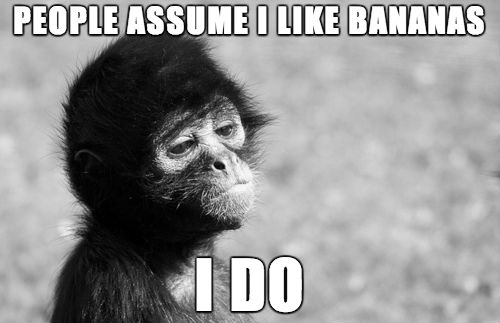
Think about what kinds of questions or visuals you can provide participants to get their thoughts on those ideas.
Some things to keep in mind for your interviews:
- You want participants to feel comfortable so they provide honest feedback. Include time for small talk at the start of the interview so they can get used to sharing their thinking out loud.
- You need their unbiased thoughts. Avoid questions that lead them toward a specific response (e.g. Ask them “What would you say is a fair price for a cup of coffee?” not “Coffee shops are too expensive, right?”)
- A big advantage of an interview is that you can get in depth feedback. Prepare questions, as well as follow up questions. If they bring up something unexpected, take the opportunity to dig in more.
- Make a list of what you want to cover so that you don’t miss anything important.
For more tips, here’s a great article from the Google Ventures team on ideas to consider as you craft your interview.
In our recent project, we used a mix of questions and prototype visuals to gauge interest and reactions on the business concept we were testing.
2. Set up a screener questionnaire
As folks apply to participate, you need a way to collect their contact information and make sure they fit your needs.
Along with basic contact info add a few questions to see if their background relates to your target customers.
Keep the questionnaire focused on the most critical info you need. About 4-6 questions is long enough to weed out folks that are less serious but short enough that someone can fill it out quickly.
To create the questionnaire there are plenty of free tools you can use:
- Typeform (https://www.typeform.com)
- Survey Monkey (https://www.surveymonkey.com)
- Google Forms (https://www.google.com/forms/about/)
One bonus with Google Forms is that you can export results straight into a Google spreadsheet to review answers and share with teammates.
3. Recruitment Ad
This is probably the trickiest step in the entire process.
There are lots of places you could look for participants; Craigslist, Reddit, message boards, Google search, or even a recruiter.
But to maximize targeting, effort, and cost, Facebook ads are the best option.
If you’ve never set up Facebook Ads before there are tons of great beginner resources out there to walk you through the process.
For the ad itself, one good resource is from the agency AJ&Smart. They wrote up a post last year on how they use Facebook ads to recruit.
Their approach is great, but the ad image they suggest (roughly, below) didn’t work as well for us. Facebook complained that the image “had too much text” which “may limit the views it receives”:

It’s possible that Facebook has added restrictions on this since that article was written last year.
Instead, here’s the template we’ve used. Note, that I’ve generalized the copy so that you can use it for your own campaign:
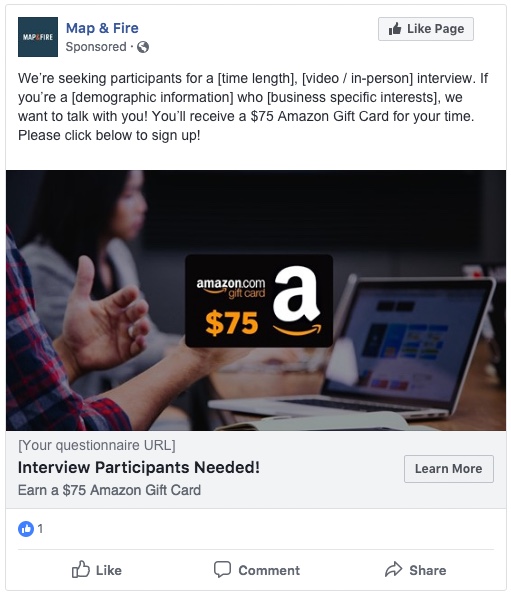
The link in the ad can take people to the screener questionnaire you created in the previous step.
If you want to steal the image portion of that for your own ad, you can grab it here.

The background image is from Unsplash user Headway.
In this last project, here’s how we ran our Facebook campaign:
- Ran the ad 1 day
- Set a budget of $30/day
- Set the Facebook ad objective to “Traffic”
The results were:

What’s important though are the actual number of interview participants we booked. We were aiming for ~5, which for certain types of tests has been shown to uncover the bulk of the info you’d need.
The funnel on this specific group broke down as:
- 62 clicks on the ad
- 11 filled out the screener questionnaire
- 5 were booked to do interviews
In our case, we did another round because 2 of those participants didn’t end up being a great fit.
The takeaway is that you should plan on a buffer for each step of that funnel. A safe range might be to collect 3x responses for the number of interviews you want to do.
In that study, if we’d had 15 screener responses, we probably would have gotten 5 quality interviews on the first go around.
4. Incentive
This is likely the biggest hard cost you’ll have in this process because you need to compensate your participants for their time.
Again, the folks at Google Ventures talk about using a $100 incentive for their design sprint interviews. Another usability firm, MediaBarn, wrote up an in depth piece on how they vary incentives based on the project. They start at $75 for a one hour interview.
In the AJ&Smart article, they say they use a 30 Euro (aka. ~$35) incentive for a 30 minute video interview.
For this latest project, we settled on $75 for a one hour interview. In the end, we did some in person and some via video, but we kept the incentive the same for all of them.
5. Location
The easiest option is to avoid physical locations and do the interviews over video.
There are several benefits to this approach:
- Less effort for the participant which increases the number of people who will be available
- Less effort means you can reduce the incentive cost
- If you use a video tool like Zoom, you can record the entire session for review later on
But there are downsides to video too:
- You lose subtle elements of conversation over video. This makes it more challenging to create a comfortable flow and capture their thoughts.
- People’s internet connections aren’t always great which can cause hiccups in the conversation or make it difficult to hear / see.
- If you want to do tests with mockups or prototypes, you’ll have to do screen shares or send them the materials separately.
If you do the interviews in person, you’ll need to find a comfortable, safe, and ideally quiet environment to conduct them.
There are plenty of locations that can work:
- Your own company’s office
- Shared office space
- A friend’s office
- Public library meeting room
- Universities / schools
You could try a coffee shop, but the noise and distractions don’t make for a great interview environment.
Keep in mind you’re asking strangers you recruited over the internet to come meet you.
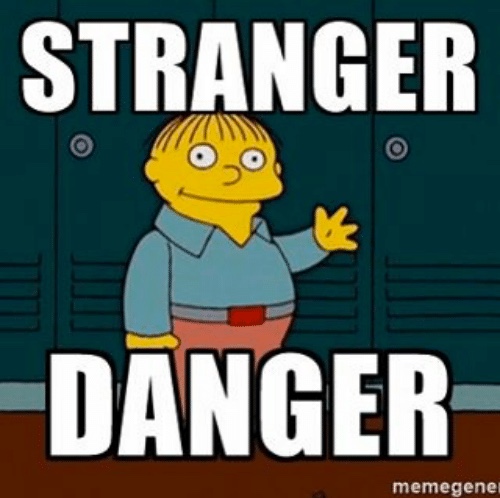
A public, established space is a plus.
For our latest project we were able to book a room at a local university. This helped a lot to ensure everyone felt relaxed.
Start Interviewing!
With that info you should be ready to design and run your own set of customer interviews.
It takes a little effort, but the return on your investment is massive. You’ll get feedback and data that you can’t access any other way. And it could save you months or years of chasing ideas based on bad assumptions.
Take the time to learn about how your customers think and what they want straight from the source. Otherwise, you’re really just guessing.

